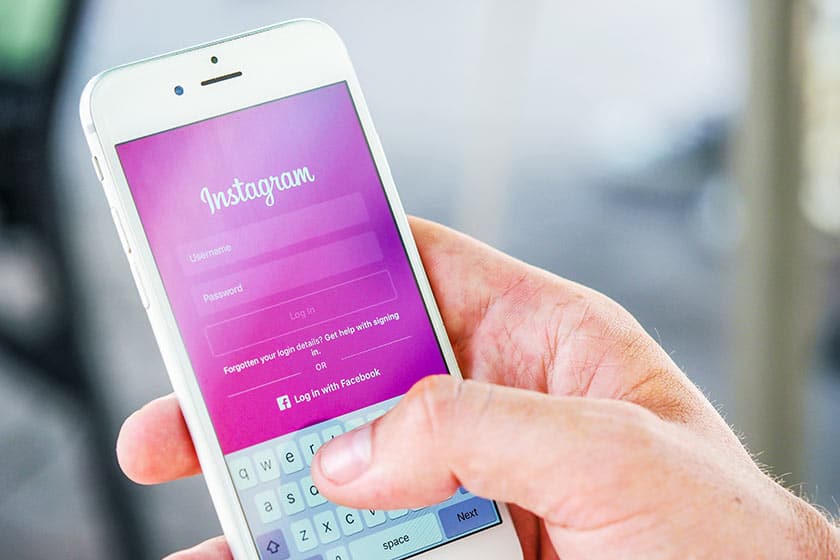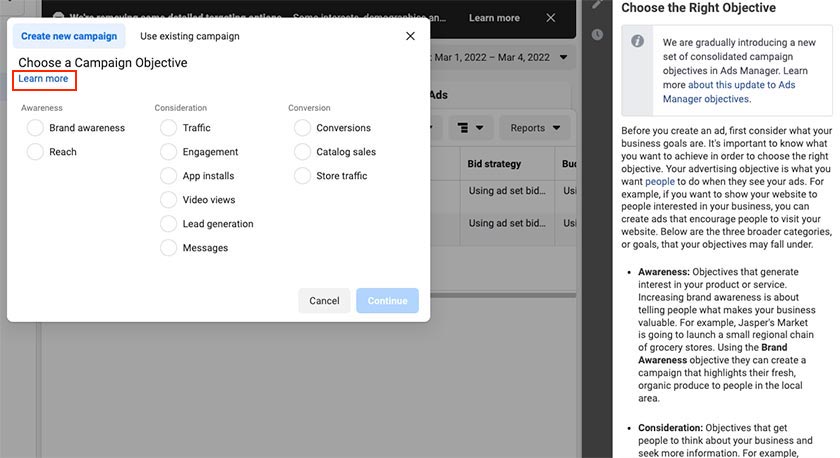How to use Instagram Ads to promote your photography business.
March 4th, 2022
Today, we live our lives on our smartphones. That’s true for everyone from couples who are getting married to professionals who need a headshot to business owners who want to update their restaurant photos on their website.
The phone is often the first stop that consumers make when researching or approaching any project. When it comes to photography, Instagram is arguably the most influential social platform available today, making it the prime place for photographers to promote their work – and for customers to find that work and book a shoot.
As a professional photographer, only posting to your regular Instagram feed – or even to Stories – isn’t enough. You’ll only reach a small segment of your audience that way, and organic content can only go so far. Including Instagram ads in your marketing strategy can help you cast a wider net and get more people to take notice of your work, which can lead to more customers.
Here are five ways to use Instagram ads to promote your photography business.
Choose an Ad objective.
Select your Instagram ad type based on how established your business is right now. For example, if you’ve just created a profile and want your brand recognized by potential customers, you’ll want to run a brand awareness campaign. On the other hand, if you’ve been present on Instagram for a while or run a successful, established business with a stunning portfolio website, you can grow your customer base by running a lead generation campaign.

What’s especially useful about Instagram Ad Manager, where you create your ads, is that it has built-in advice to help you choose the right type of ad for your purposes. Click the “Help: Choosing an Objective” link to bring up a side panel with details about ad options.
Keep your imagery consistent.
Just like your regular feed should be consistent, so too should your ads. They should all feel on-brand and reflective of what your customers want most, and they should, of course, complement your regular posts, too. That means sticking to the same subject matter, using the same color schemes, editing images in similar ways, etc.
While your feed is bound to have some variety here and there, the overall aesthetic will ideally be pretty consistent. Ads that stick to this aesthetic honestly represent your brand – which gives better results. No one wants to feel like they’ve experienced a bait and switch.
Run carousel ads.
The carousel ad format on Instagram lets you put several images into one ad, and users can scroll through them to get a well-rounded view of your work – which is a lot more powerful than a single-image ad. With carousel ads, you can show off the breadth of your talent. Feature regular and closeups of the same subject, show black and white versus color images, etc.
One great example is to use carousel ads to show several before-and-after examples using lightroom presets. Instead of showing just one before and after, potential customers can see how all sorts of photos can look with a preset, giving them more examples for elevating their own photography.
Target your audience based on lifestyle specifics.
Let’s say you’re a wedding photographer – you can set your Instagram ad to target people who are engaged, as they’re most likely to need your services. If you take headshots, you can target high school students, because they may be looking for a photographer to shoot their senior portrait. You can get into more advanced targeting, too. For example, wedding photographers can target newly engaged people, which puts them right in the wedding planning timeframe.

You can also target based on interests – so, if you’re targeting newly engaged users, you can narrow the list down further by choosing “weddings” as an interest. This way, you won’t create an ad that will be shown to irrelevant people, like those who are single or already married, or college students who don’t care about a senior portrait.
Take advantage of location-specific features.
As a photographer, you have to be physically present to do your job, so the location-specific features available on Instagram ads will be vital for you – even if you’re happy to travel for a photoshoot. And even if you are a globetrotting photographer, you should still focus on a few specific regions for your Instagram ads – namely, the ones where most of your clients are.
To get the most out of a post’s location, be sure to include a geotag at the top, then a tag for any related accounts at that event or location, and a handful of location-specific hashtags in the post comment or additional comment. Something like this, that’s already location-optimized, can easily be turned into a promoted post within the Instagram app.
When you create an Instagram ad, you can target audiences based on location, narrowing that down by something small, like zip code, or something more broad, like state or region. Additionally, use geography-specific hashtags to attract people in that market.
Wrapping up.
Each social media platform has its strengths, but the most photo-centric platform is still Instagram—making it an ideal place for running your photography business ads. Not only do images get some of the top billings on Instagram, but high-quality photography and video content is what many users head to the app to see. With the right combination of thoughtful imagery and purposeful ad targeting, you can create Instagram ads for your photography business that attract and convert new fans and customers. Also, even though Facebook owns Instagram, you don’t need a Facebook business manager account to run Instagram ads.
About the guest author: Brian Meert is the CEO of AdvertiseMint, a Hollywood-based digital advertising agency that specializes in helping successful companies advertise on Facebook. AdvertiseMint has managed millions of dollars in digital ad spends in the entertainment, fashion, finance, and software industries. Brian is also the author of the best selling, The Complete Guide to Facebook Advertising. Prior to founding AdvertisMint, Brian built and sold Gofobo.com, an online ticketing system that revolutionized the entertainment industry and is now utilized by Warner Bros. and Disney.



